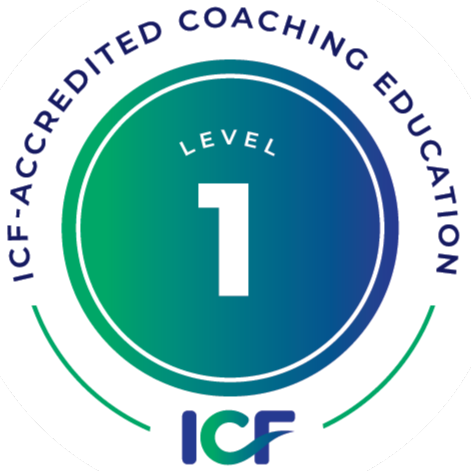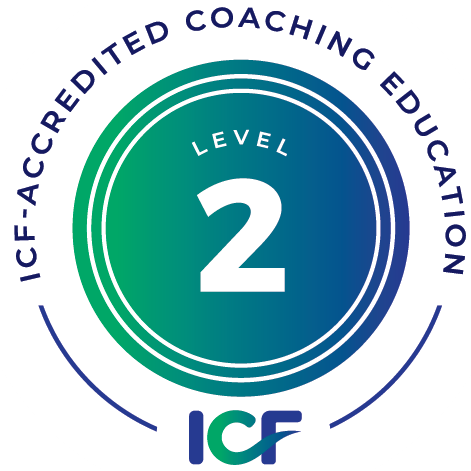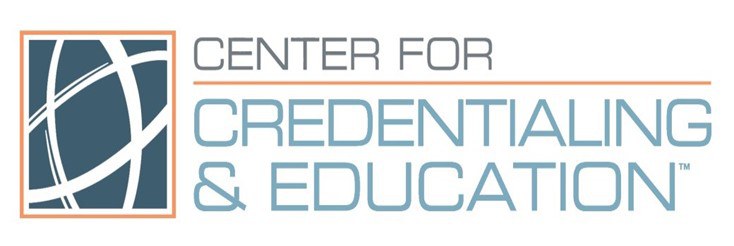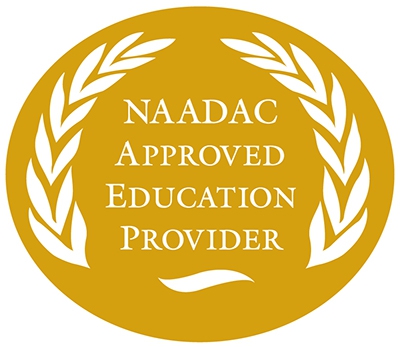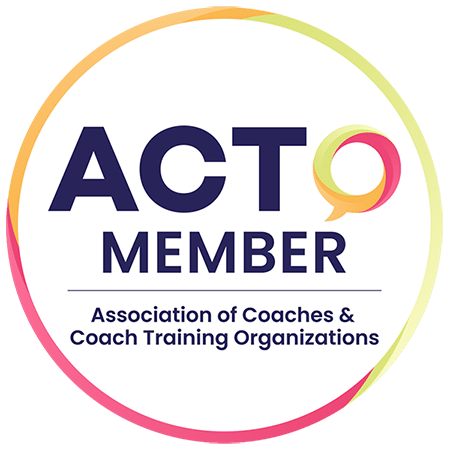
By Elizabeth Saigal, Ph.D. CLC
Coaching is about the coachee's agenda. If a coach begins to substitute their own agenda they are leading the coachee. This can occur, inadvertently, with questions, phrasing, or tone. This can also occur by not asking permission to share and, therefore, giving advice. Things to watch out for that may result in the coach directing the client rather than being directive in their role as a co-creator include working too hard, engaging on your own ideas and attitude, and wanting to be liked. This post reviews how the coach may limit leadership by working too hard. The next two posts in this series will cover when the coaches personal mindset or desire for personal approval derail client focus and substantive listening in the coaching conversation.
Clues that you may be working too hard include:
-
Providing options: If you find yourself trying to solve problems rather than create possibilities you may be giving opinion and advice, and being directive rather than directing. When the coachee has difficulty generating solutions, it is tempting to step in and attempt to come up with possibilities. This does not allow the coachee to lead and be responsible for their own growth. The coachee is empowered by figuring this process out for themselves and will find it easier to repeat. If you notice this, counteract by listening more closely to the coachee with a focus on getting to a deeper point of understanding. The coachee will know when they are ready for action.
-
Reiterating outcomes: Coaches use a combination of questions and direct statements. Some of these statements include summarizing conversation content. Maintain equality by allowing the client to track their own insights and actions items unless they specifically request a record. This is a place where you may unintentionally do the work for them and increase a risk of leading. The items that are elaborated on or that fall away as they keep this record will provide additional information for the client.
- Information gathering: If you don’t know about a topic the client brings up you may find yourself questioning to support your learning. This process aids your personal understanding rather than the client. You do not need to know in order to coach. The coachee knows what they need to move forward or what they can do to find out. Address this by only asking for clarification on aspects relevant to client insight and the coaching process. In other words, does your question keep the focus of attention on the client and their agenda?
Every coach will experience these dynamics in the coaching conversation from time to time. When they come up, they provide an opportunity to reaffirm the inherent value of the coaching conversation in deepening connection to inner wisdom. It may be useful to remember that it is the client’s journey and that you are merely providing a means of tuning it rather than being substantively present in it. Possibilities and alternatives are pursued not so the coach knows where the client is going, but so the client connects with what is true for them and grows into this space.
The next post in this series covers how the coach being drawn into the client’s story can reduce the effectiveness of a session, what to look for and how to avoid it.

Elizabeth Saigal is an ILCT Certified Life Coach. She offers Life Design Coaching for those intent on connecting with their inner truth and aligning with their intuition to live a life on purpose. You can connect with her and sign up to receive her Free Ten Step Life Design System at www.myspirecoaching.com
